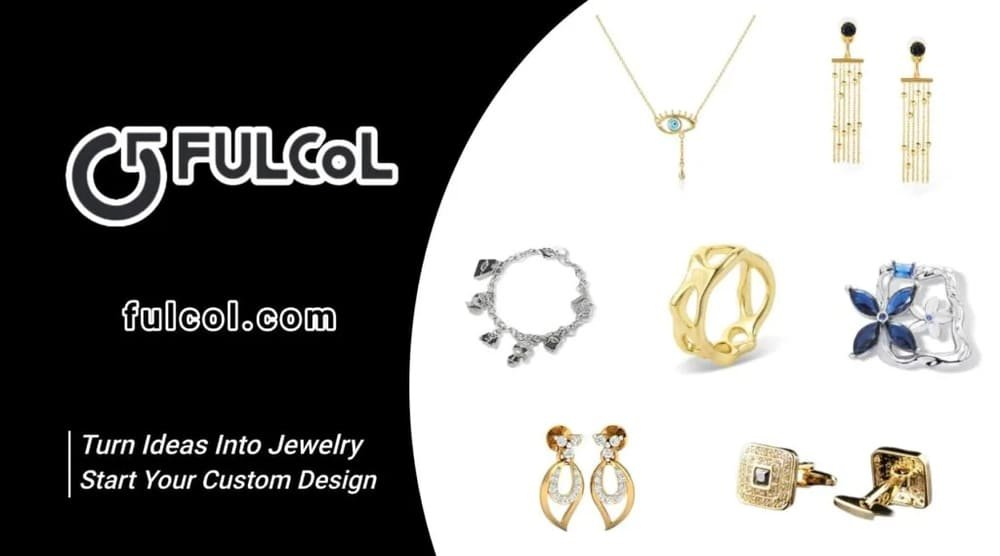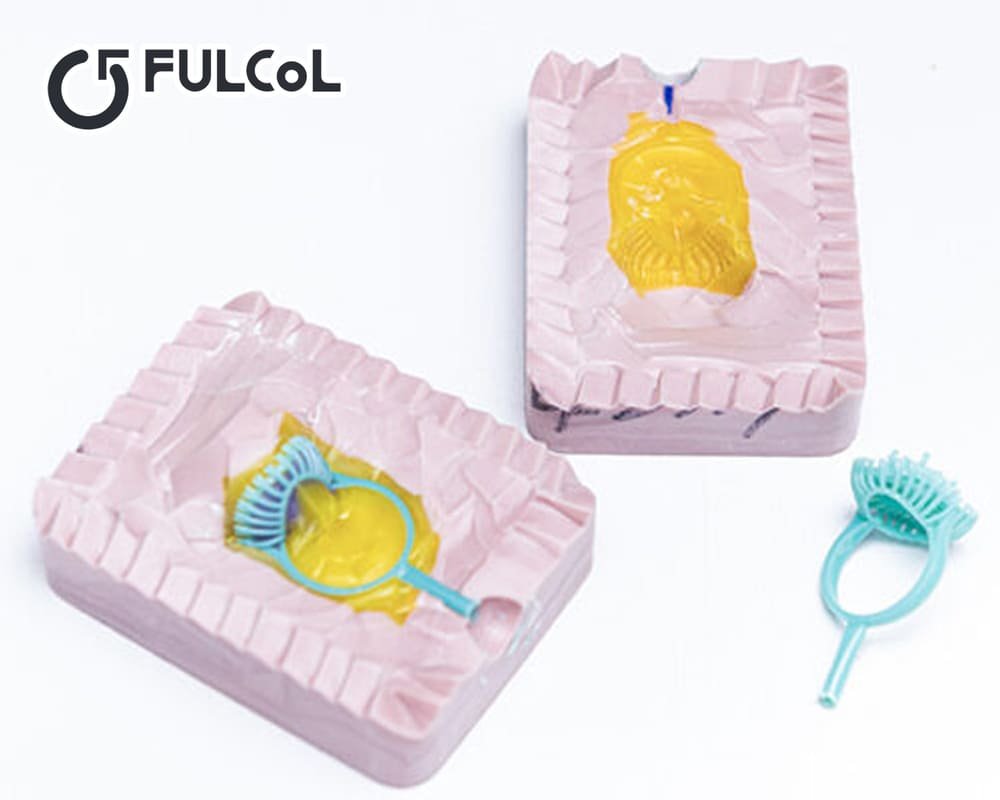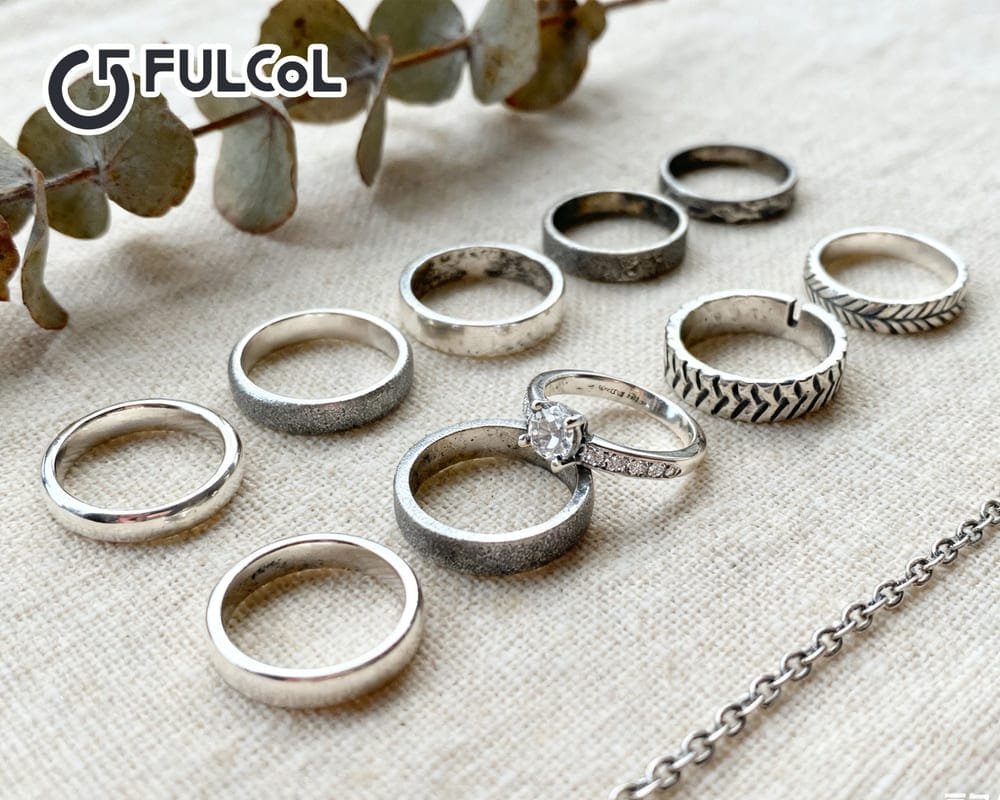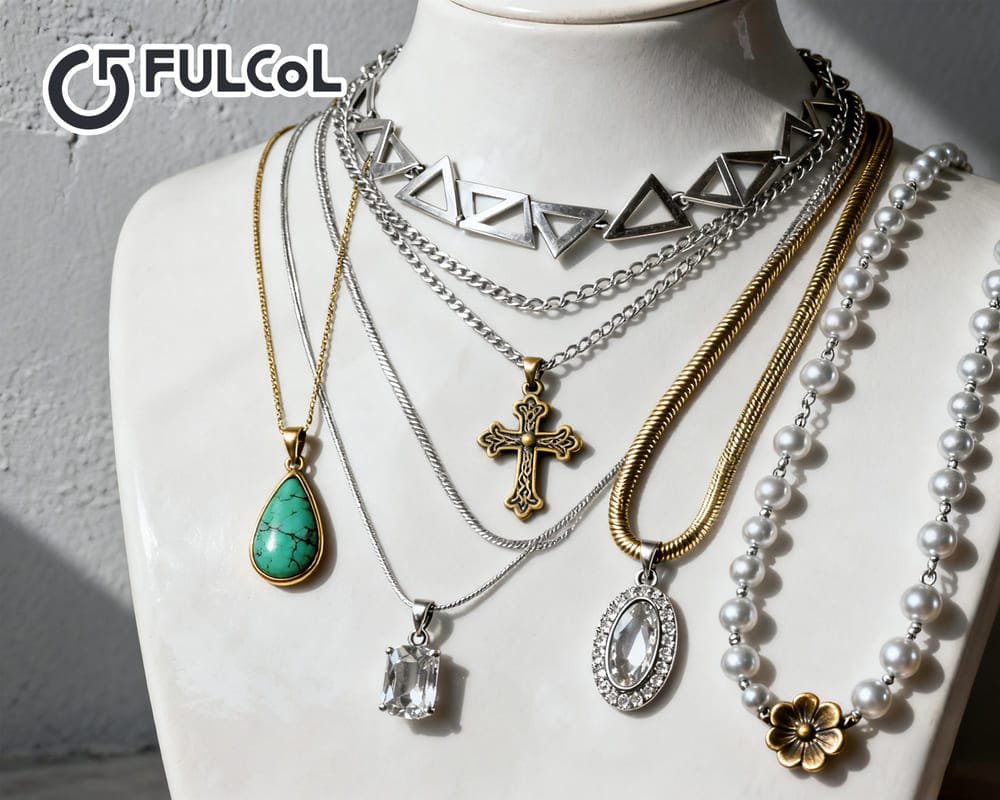Table of contents
What is Lost Wax Casting in Jewelry?
Lost wax casting, also known as precision casting, is a process where an original design is first shaped in wax, then reproduced through a mold and filled with molten metal. Its core advantage lies in its ability to accurately replicate the original design, capturing both intricate textures and complex forms.
- Historical Background: The history of lost wax casting dates back to around 3000 BCE in ancient Egypt and Mesopotamia, where artisans used this method to create metal jewelry and artifacts. During the Middle Ages, European craftsmen utilized this technique to produce exquisite religious ornaments and royal jewelry. With the industrial revolution, lost wax casting technology was further refined. Today, it remains widely used in jewelry manufacturing, especially for small-batch and high-precision designs.
- Modern Applications: Nowadays, lost wax casting is not only used for gold, silver, and platinum jewelry but also for stainless steel, copper, bronze, and specialty alloys. Many custom jewelry manufacturers for small businesses adopt this method to meet clients’ demands for personalized designs. Compared to large-scale mechanical production, lost wax casting offers greater flexibility for small-batch orders, seamlessly combining design and craftsmanship.
- Difference from Other Manufacturing Methods: Unlike direct cutting or forging, lost wax casting can achieve far more detailed results while reducing metal waste and material costs. Compared to 3D printing, traditional lost wax casting is better suited for high-gloss metal surfaces and finely detailed textures, which is why many jewelry brands prefer this technique.
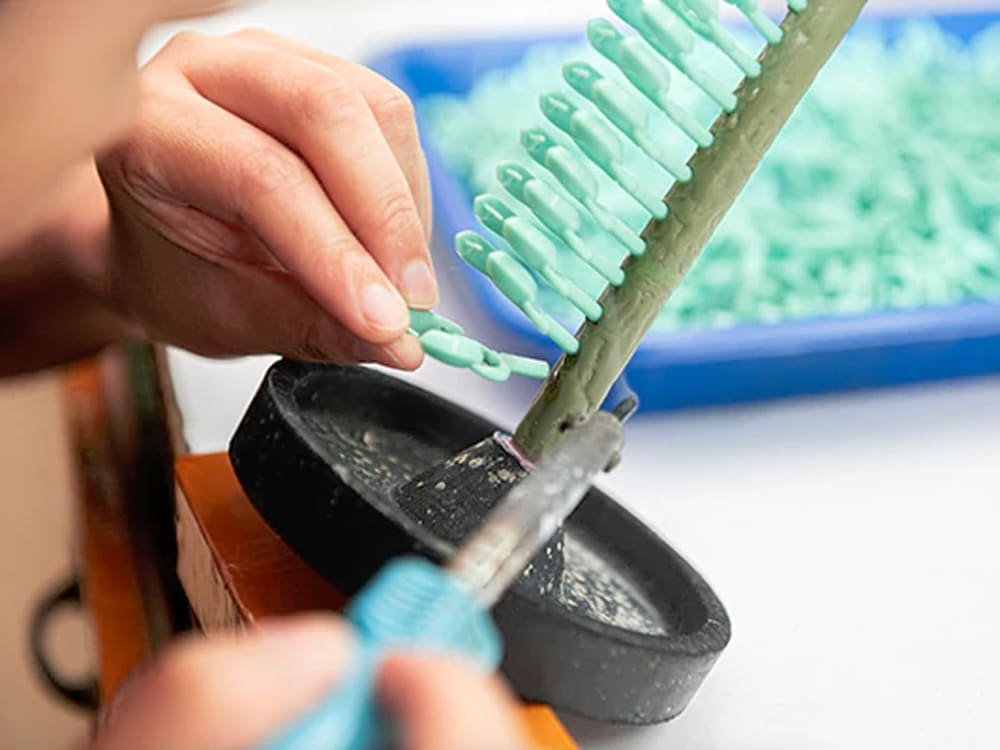
Common Materials Used in Lost Wax Casting
Choosing the right materials is key to ensuring a jewelry piece is beautiful, durable, and precise. Common materials include wax, metal, and auxiliary materials, each playing a critical role in the final quality.
Wax Materials
- Standard Jewelry Wax: Soft and easy to carve, suitable for handcrafting rings, pendants, and small jewelry pieces. Its flexibility allows sculptors to achieve natural and detailed designs.
- Hard Wax: Ideal for carving pieces with rich details or larger jewelry items, maintaining stability during handling and casting.
- Resin Wax / 3D Printed Wax: The emergence of 3D printed wax has greatly improved production efficiency for complex designs, especially suitable for custom jewelry manufacturer china producing small batches or personalized pieces. 3D printed wax can accurately replicate intricate textures while reducing manual labor time.
Metal Materials
- Gold (18K, 24K): A classic choice, corrosion-resistant and highly valuable, perfect for high-end jewelry and long-term wear.
- Silver (Sterling Silver 925): Moderately priced, easy to work with, suitable for custom jewelry and daily wear.
- Copper and Copper Alloys: Suitable for gold- or silver-plated jewelry replicas, low cost, and ideal for small-batch production.
- Platinum and Palladium: Common in high-end jewelry, high melting point requires professional equipment and strict temperature control.
Auxiliary Materials
- Plaster or Ceramic Shells: Used to create the outer mold, capable of withstanding molten metal while preserving fine details.
- Silicone Molds: Suitable for multiple wax reproductions, widely used in small-batch custom production, increasing efficiency.
- Release Agents and Polishing Materials: Ensure smooth demolding and enhance metal surface shine, reducing post-processing work.
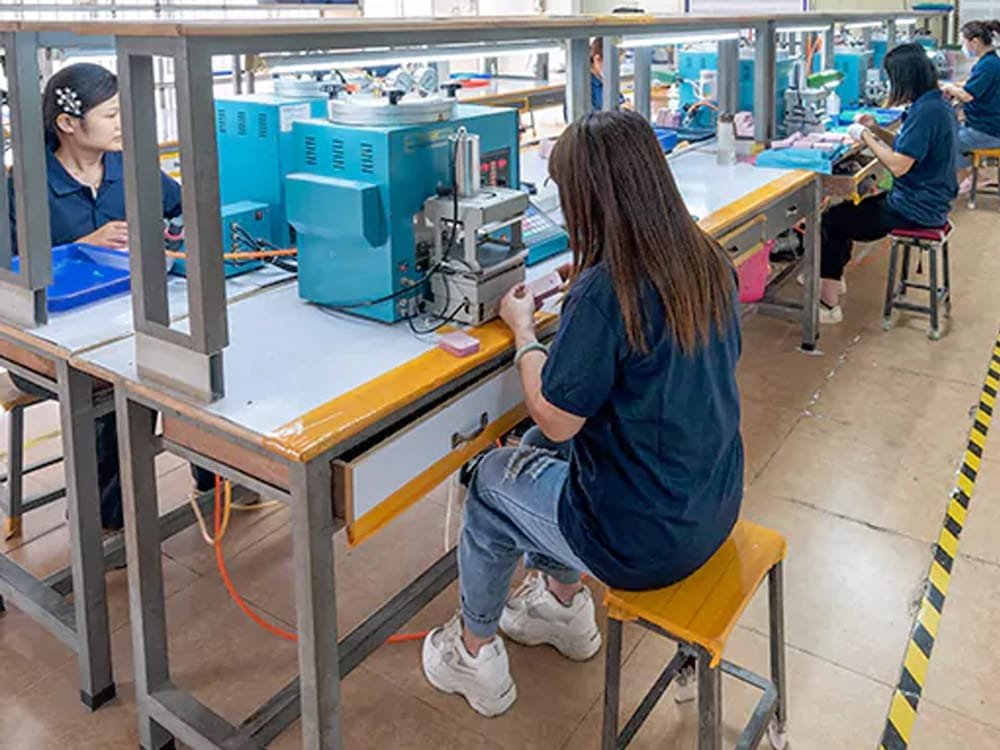
Lost Wax Casting Process (Step-by-Step)
The lost wax casting process can be divided into several key steps, each determining the beauty and reliability of the final jewelry piece.
Wax Model Creation
- Traditional Method: Using hand tools to carve the wax block into the desired shape, requiring patience and precision.
- Modern Method: 3D printed wax models, capable of accurately replicating complex designs while shortening production time.
Mold Making
- Place the wax model into plaster or ceramic material to form the mold shell.
- Once the mold hardens, melt the wax out through heat or chemical means, leaving space for metal injection.
Metal Melting and Pouring
- Heat the metal to the appropriate temperature (e.g., gold ~1064°C, silver ~962°C).
- Use centrifugal or vacuum casting equipment to inject molten metal into the mold.
Cooling and Demolding
- After metal cools, carefully break the mold to extract the metal blank.
- Remove excess metal to preserve shape, taking care not to damage delicate details.
Polishing, Finishing, and Post-Processing
- Grind off burrs and rough surfaces.
- Polish using electro-polishing or hand polishing to achieve a bright finish.
- Post-processing can include gold or silver plating, oxidation, or gemstone setting to enhance decorative effects.
Advantages of Lost Wax Casting
- High Precision and Complex Shapes: Lost wax casting can achieve intricate textures and complex structures, allowing designers to precisely bring their creative ideas to life. For small jewelry businesses (custom jewelry manufacturers for small businesses), this enables highly personalized custom services, meeting unique client design demands while ensuring fine craftsmanship.
- Suitable for Small-Batch Production: Unlike mass mechanical production, lost wax casting offers flexibility, suitable for low-volume, diverse orders. Startups can respond quickly to client requests without maintaining large inventories, enabling flexible production and personalized services.
- High Material Efficiency: Metal use is precise, minimizing waste. By accurately controlling metal quantity, costs are reduced while maintaining quality, allowing small businesses to maximize profits.
- Compatible with Multiple Materials: Lost wax casting works for gold, silver, platinum, copper, alloys, and modern composite materials. Finished pieces can be plated, oxidized, or gem-set, offering more creative possibilities in jewelry design.
- Combination of Reproducibility and Innovative Design: By combining 3D printed wax and traditional hand carving, designers can quickly develop new styles and produce small batches. Reproducibility ensures complex designs maintain precision while improving production efficiency.
| Start Your Custom Order | Email: info@fulcol.com | Number: +86 13055603907 |
Limitations and Challenges of Lost Wax Casting
- High Technical Requirement: Lost wax casting requires skilled operators for wax carving, mold making, and metal injection. Beginners may encounter air pockets, cracks, or dimensional deviations, affecting product quality, so experience and practice are critical.
- Time-Consuming Process: Each piece requires wax and mold creation, making the overall process relatively labor-intensive. Although 3D printing speeds up some steps, careful and patient operation is still necessary.
- Material and Equipment Investment: High-quality wax, plaster or silicone molds, and precision casting equipment are costly. Small businesses need to balance equipment investment and manual skills to manage overall costs.
- Size and Complexity Limitations: Very large or extremely complex designs may require segmented casting or special molds. Improper handling can lead to deformation or detail loss, so feasibility should be considered during the design stage.
- Environmental and Safety Considerations: Molten metals and chemicals require strict adherence to safety protocols. Wearing protective equipment and ensuring a safe workspace is essential. For startups or small jewelry businesses, partnering with professional custom jewelry manufacturer china can effectively reduce risks.
